CASE TITLE:
Meta Platforms Inc. v. Noufel Malol & Anr., CS(COMM)499/2020 & IA 8765/2021.
FACTS OF THE CASE:
Meta, the social media giant (“the Plaintiff”) has being using the mark “Facebook” since 2004 and has obtained the registration of the same in about 130 countries or more covering over 45 classes. Additionally, the Plaintiff’s mark has gained tremendous goodwill and popularity with avid users of around 13.5 billion daily. However, the Plaintiff came to know about the mark Facebake/Facecake‟ by Noufel Malol (“the Defendant”) when it was advertised in the Trademark Journal, seeking registration of the mark “Facebake”.
The Plaintiff contented that the use of similar mark by the Defendant is not only infringement of common rights but also an infringement of their statutory rights. Further, the Plaintiff contented that the use of the said mark with the same color scheme is a blatant mimic and an unfair attempt by the Defendant to malign the well-established goodwill of the Plaintiff. The Plaintiff asserted that “Facebook” marks and also other marks containing the formative word “Facebook” have been recognized as “well-known” under Section 2(1)(zg) of the Trade Marks Act, 1999 in India as well as several other international jurisdictions such as the European Union, Brazil, Sudan, Portugal, France, the United States of America etc. They are therefore entitled to be protected, despite the Defendant using the mark under a different class of goods.
JUDGEMENT OF THE CASE:
The Hon’ble Court held that the mark ‘facebook’ is a well known trademark under Section 2(1)(zg) of the Trade Marks Act, 1999 by applying the test and parameters of the principles laid down in the case of Tata Sons Ltd. It is pertinent to note that no one appeared on behalf of the Defendant despite being summoned, therefore, the decree was passed ex-parte under Order IX, Rule 6 of Civil Procedure Code, 1908. In the said decree, the Defendant was permanently restrained from using the Facebake marks; the domain name the email ids the Facecake; the Facebook marks, the Facebook Visual Presentation, and any other Facebook formative trademarks of the Plaintiff, or any other mark deceptively similar thereto in relation to products and services related to confectionary items, or any other goods or services, in any manner, including the social media. Further, it was observed by the Hon’ble Court that “Facebook” is a well-known mark under the provisions of Trademark Act, 1999 and even though the goods and services of the two marks fall under different classes, the color scheme and the visual representation were very similar. In the light of the above, the Defendant was additionally directed to pay damages of Rs. 50,000 and the cost of the suit to Plaintiff.
KS&CO COMMENT:
Anyone using a deceptively similar brand, using a similar font, color schemes, format and sound can amount to trademark infringement. Although there have been many instances where a similar sounding brand selling goods under the same class have co-existed that brings us to the question of what brand names can be infringers. In order to ascertain that, one needs to see how well know the mark is, its international presence and their reputation in the market. In the aforesaid case, ‘facecake’ was clearly trying to ride upon the goodwill of facebook by using a very similar color scheme, format and font type in their logo.
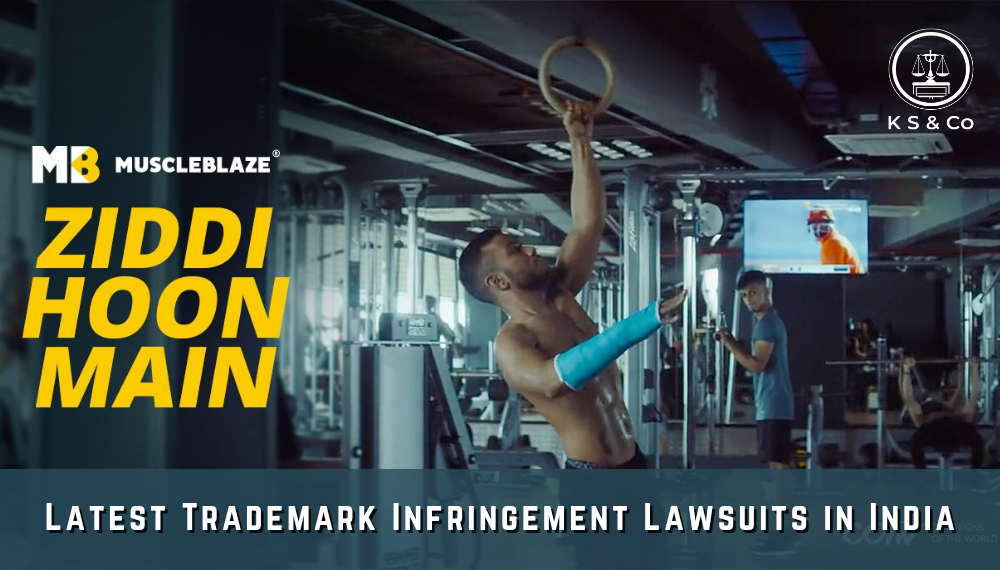
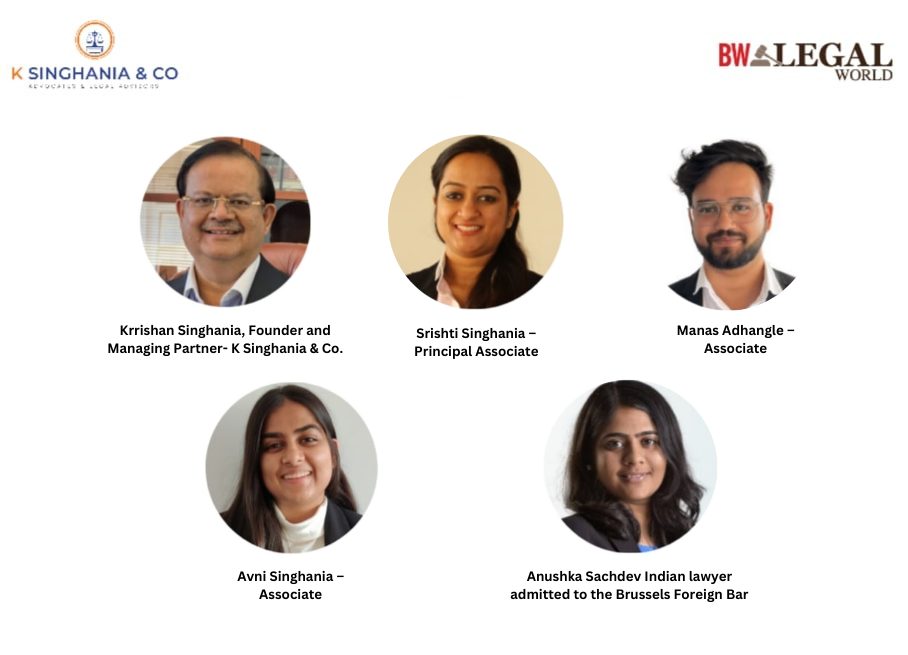
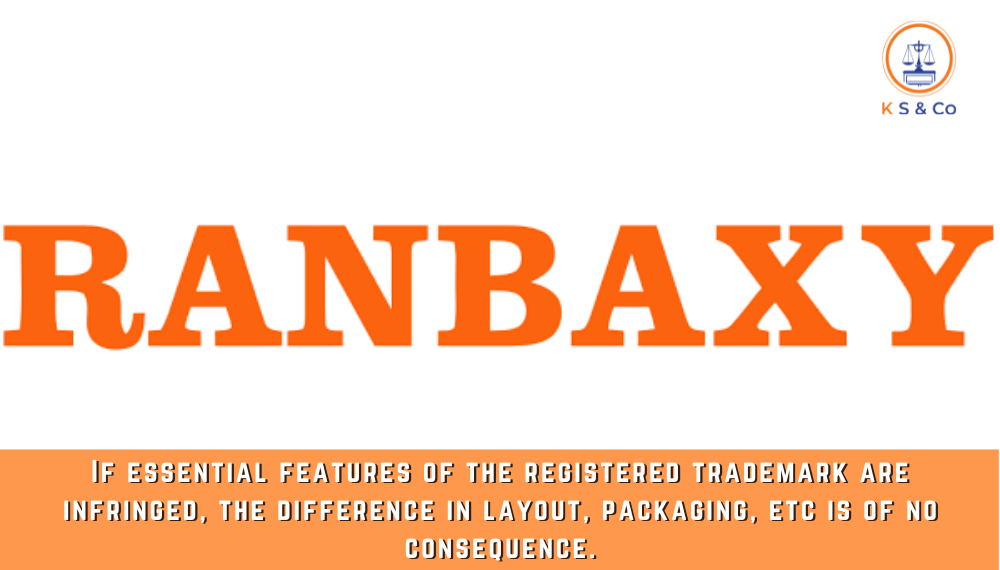
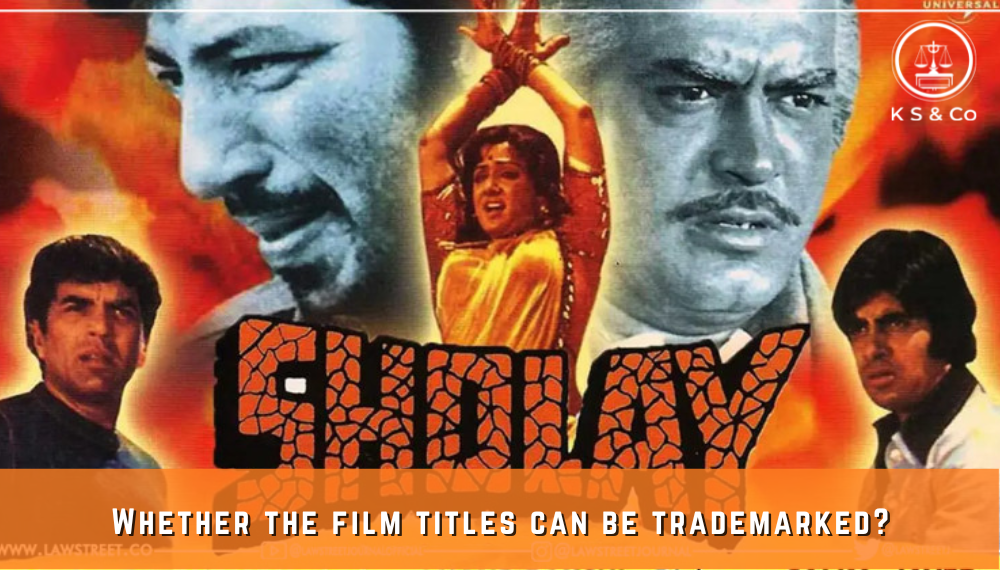
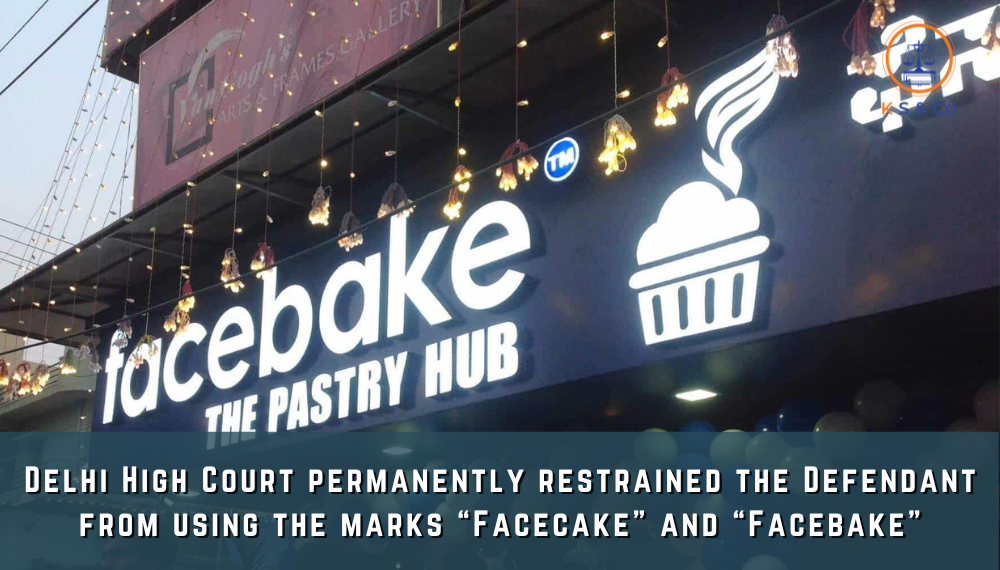


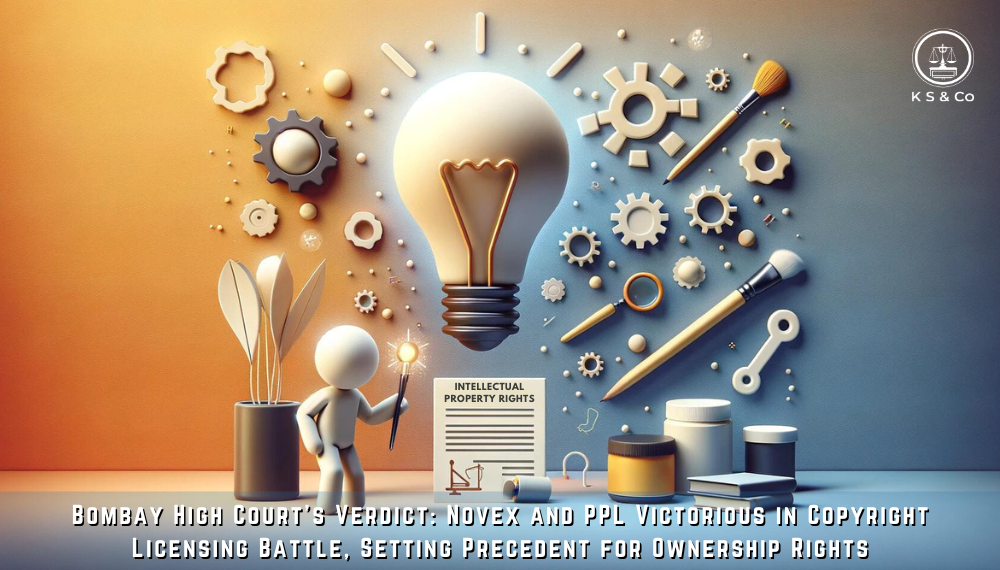
Leave a Reply